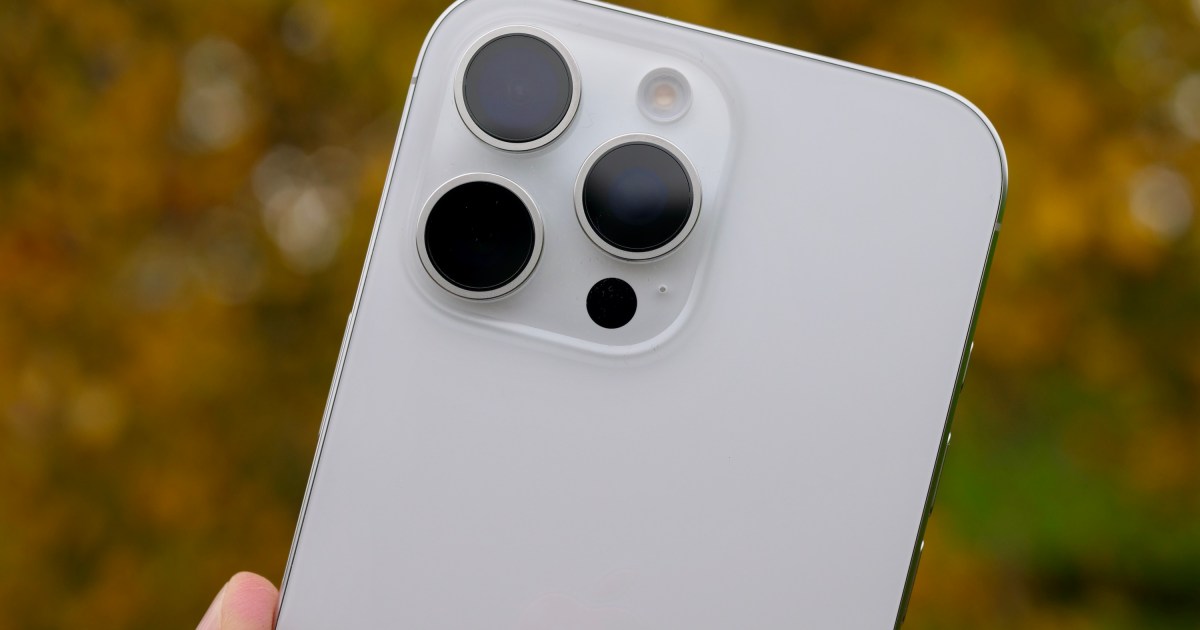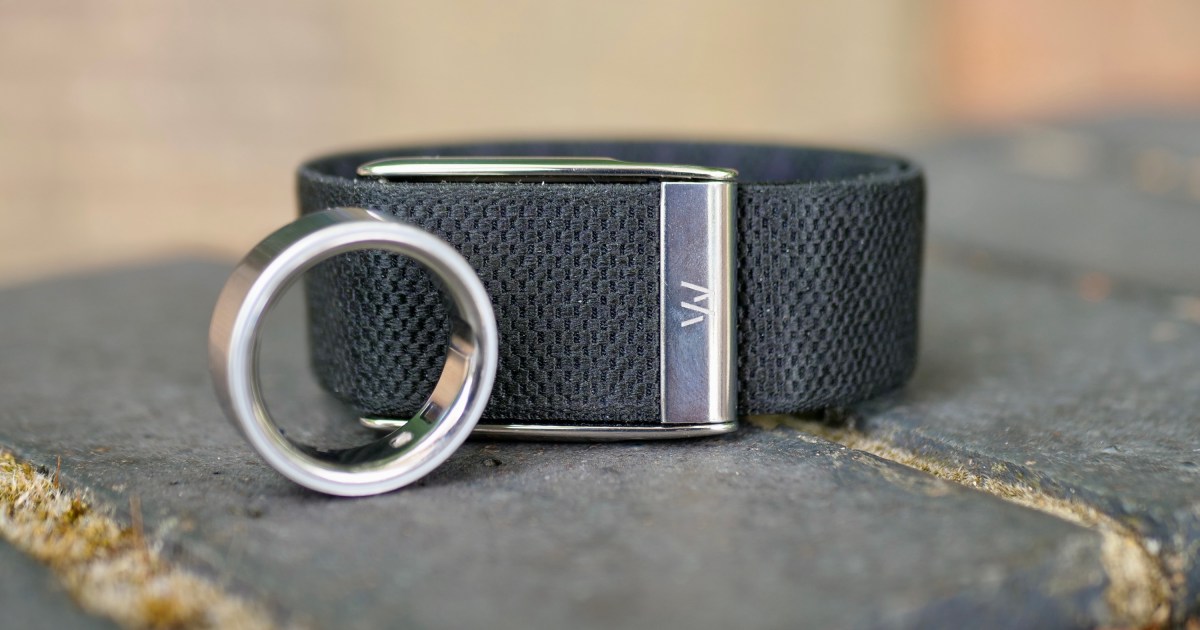After several weeks with the Whoop 5.0, a device heralding a return to the era of simple fitness bands and distraction-free health tracking, it’s clear that while smartwatches and smart rings now dominate the wearable market, this shift isn’t unequivocally for the better. The Whoop 5.0 certainly has its idiosyncrasies, and personally, the Apple Watch Series 10 offers me greater overall value. However, my experience has highlighted several innovative Whoop 5.0 features that Apple would be astute to consider for the upcoming Apple Watch Series 11 and within watchOS 12, potentially refining its already impressive health and fitness tracking capabilities.
The Ingenious Strain Metric
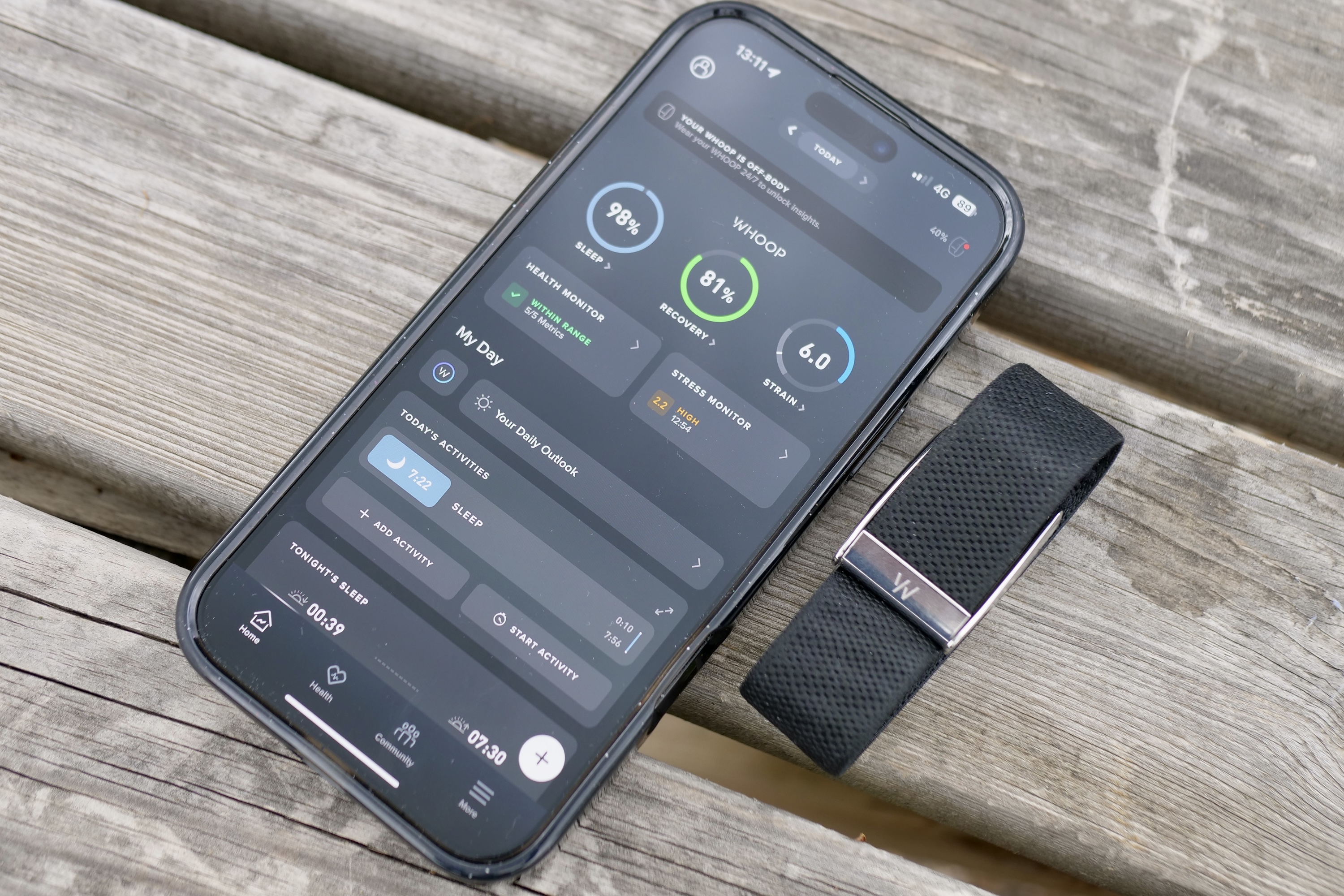 Whoop 5.0 app interface displaying key health metrics like Strain, Sleep, and Recovery on a smartphone screen next to the Whoop band.
Whoop 5.0 app interface displaying key health metrics like Strain, Sleep, and Recovery on a smartphone screen next to the Whoop band.
The Whoop 5.0 application centers around three pivotal metrics to help users understand their daily physiological status: Sleep, Recovery, and Strain. Of these, Strain is particularly compelling, offering a distinct and arguably more insightful method for assessing exertion levels. It synthesizes familiar data points like steps and heart rate but presents them in an accessible yet unique manner. Users receive a target Strain level, and the Whoop diligently tracks daily activity, providing tailored advice on achieving this goal. This approach deliberately sidesteps the sometimes reductive nature of pure step counts or calorie burn, offering a more nuanced understanding of how much one can push themselves.
Furthermore, the Whoop app’s guidance transcends generic suggestions like “take a walk” or “do a workout.” It delves deeper, specifying, for instance, that a “40-minute walk” might be needed to reach a target, or even proposing alternative activities like house cleaning. In contrast, Apple Health often feels more passive, rarely compelling me to open the app for proactive insights. Whoop’s Strain metric, however, encourages a more profound examination of personal stats, prompting movement in ways that better align with individual lifestyles. While it introduces another number into an already data-rich landscape, the dynamic evolution of Strain throughout the day—influenced by more than just steps—renders it potentially even more motivating than Apple’s excellent and easily visualized Activity Rings.
Superior Comfort: The Whoop Band Material
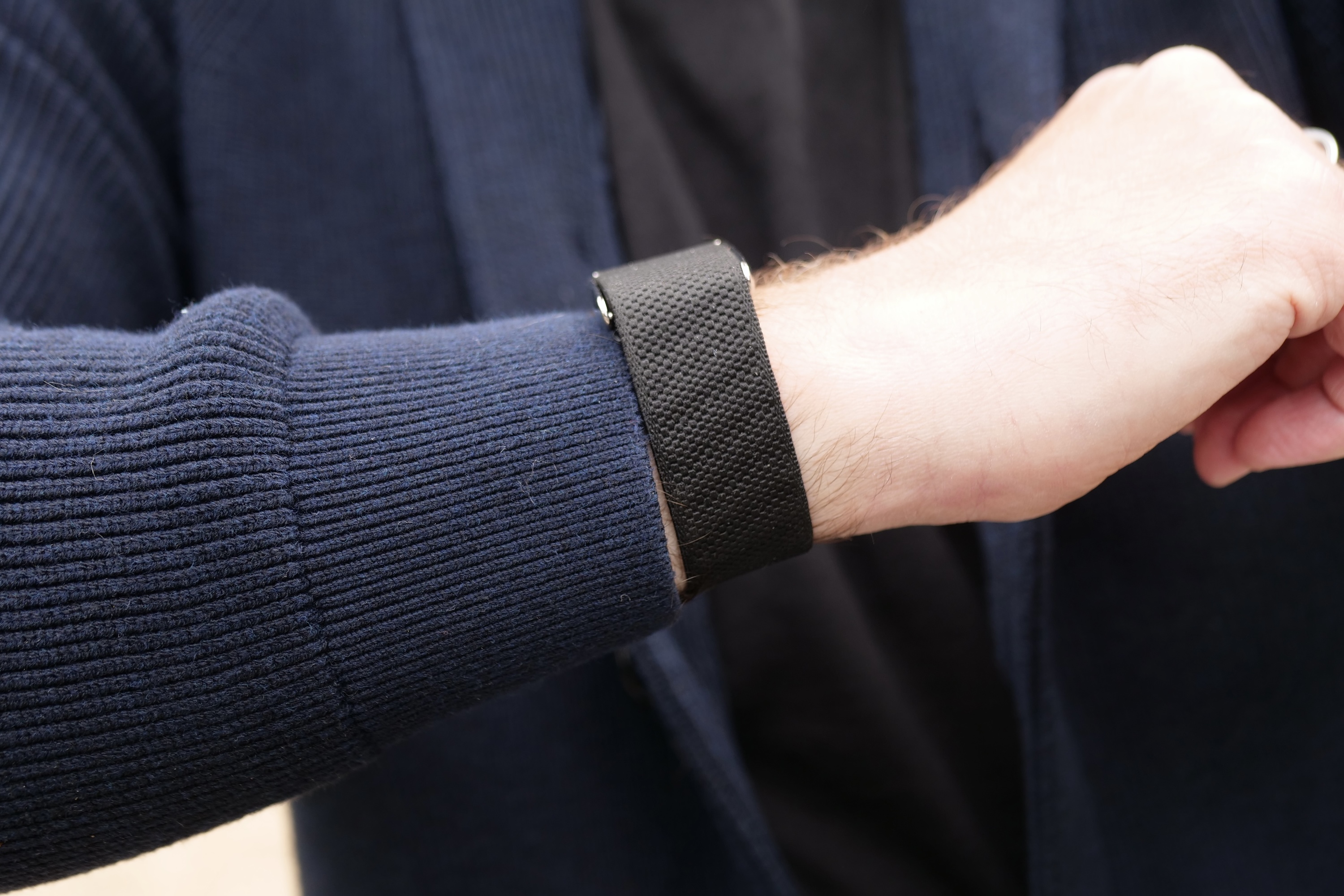 Close-up of the comfortable SuperKnit Luxe band of the Whoop 5.0 fitness tracker worn on a person's wrist.
Close-up of the comfortable SuperKnit Luxe band of the Whoop 5.0 fitness tracker worn on a person's wrist.
Apple’s extensive array of bands for the Apple Watch caters to a wide spectrum of tastes and environments, yet the company could benefit from closely examining the straps designed for the Whoop 5.0, as they are exceptional. Whoop offers three distinct strap varieties for the Whoop 5.0 and Whoop MG: CoreKnit, SuperKnit, and SuperKnit Luxe. My experience with the SuperKnit Luxe has been remarkable; it’s soft, appropriately stretchy, and maintains a secure grip due to its intelligent construction.
While Apple’s versatile Sport Loop band performs well in most scenarios, Whoop’s SuperKnit material represents a significant step up in terms of sheer comfort. The closest equivalent in Apple’s official lineup is the Solo Loop, but it tends to be heavier and less flexible. For continuous, 24-hour wear, an Apple Watch band crafted from a material akin to Whoop’s SuperKnit would be a highly welcome addition. Its comfort level is genuinely that impressive, potentially transforming the round-the-clock user experience.
Deeper Insights: Healthspan and Pace of Aging
 Whoop app showcasing the Healthspan feature with informative graphs on Whoop Age and Pace of Aging metrics.
Whoop app showcasing the Healthspan feature with informative graphs on Whoop Age and Pace of Aging metrics.
Beyond the Strain metric, another data-driven Whoop feature that would be a valuable addition to a future iteration of Apple Health and the Apple Watch is “Healthspan.” This insightful feature unlocks only after 21 nights of tracked sleep and is exclusive to Whoop’s Peak and Life subscription tiers, requiring an additional investment. Nevertheless, it stands out as one of the few premium features that most users will find genuinely informative and motivational.
By analyzing sleep patterns, VO2 Max, types of workouts, Strain levels, and other contributing factors, Healthspan estimates your “Whoop Age.” If this calculated age is lower than your chronological age, it suggests your lifestyle choices are beneficial; if higher, it may indicate a need for adjustments. Concurrently, it calculates your “Pace of Aging,” offering a clearer understanding of how your lifestyle impacts your body over time. All this information is presented with clear, informative graphs that pinpoint areas for potential improvement.
Healthspan is arguably the most unique and illuminating data-driven health feature within the Whoop app. Incorporating a similar concept into Apple Health could elevate the Apple Watch beyond its current, primarily casual fitness focus, while still remaining relevant to individuals who aren’t necessarily hardcore athletes. I am a strong proponent of wearables explaining how daily life impacts long-term health, and Healthspan strikes an excellent balance between presenting complex statistics and maintaining practical usability.
Revolutionizing Battery Life
 Side profile of the Whoop 5.0 wearable tracker on a wrist, highlighting its slim, screen-less design contributing to extended battery life.
Side profile of the Whoop 5.0 wearable tracker on a wrist, highlighting its slim, screen-less design contributing to extended battery life.
As of this writing, I have worn the Whoop 5.0 for 21 consecutive days and have only needed to charge its battery once. Whoop’s own estimate of 14 days of battery life on a single charge appears accurate, a stark contrast to the typical two-day battery life I experience with the Apple Watch Series 10. The freedom from constantly thinking about battery charging is a significant, tangible benefit of a screen-less fitness tracker like the Whoop.
Achieving a 14-day battery life from a sophisticated smartwatch like the Apple Watch, with all its health tracking features actively running, is admittedly an unlikely prospect in the immediate future. However, we are witnessing advancements in battery performance in models such as the OnePlus Watch 3, whose battery comfortably lasts four days on a single charge. While I don’t anticipate Apple suddenly matching Whoop’s endurance, striving for battery performance closer to that of the OnePlus Watch 3 should be a key priority for the Apple Watch Series 11.
Envisioning the Next Apple Watch
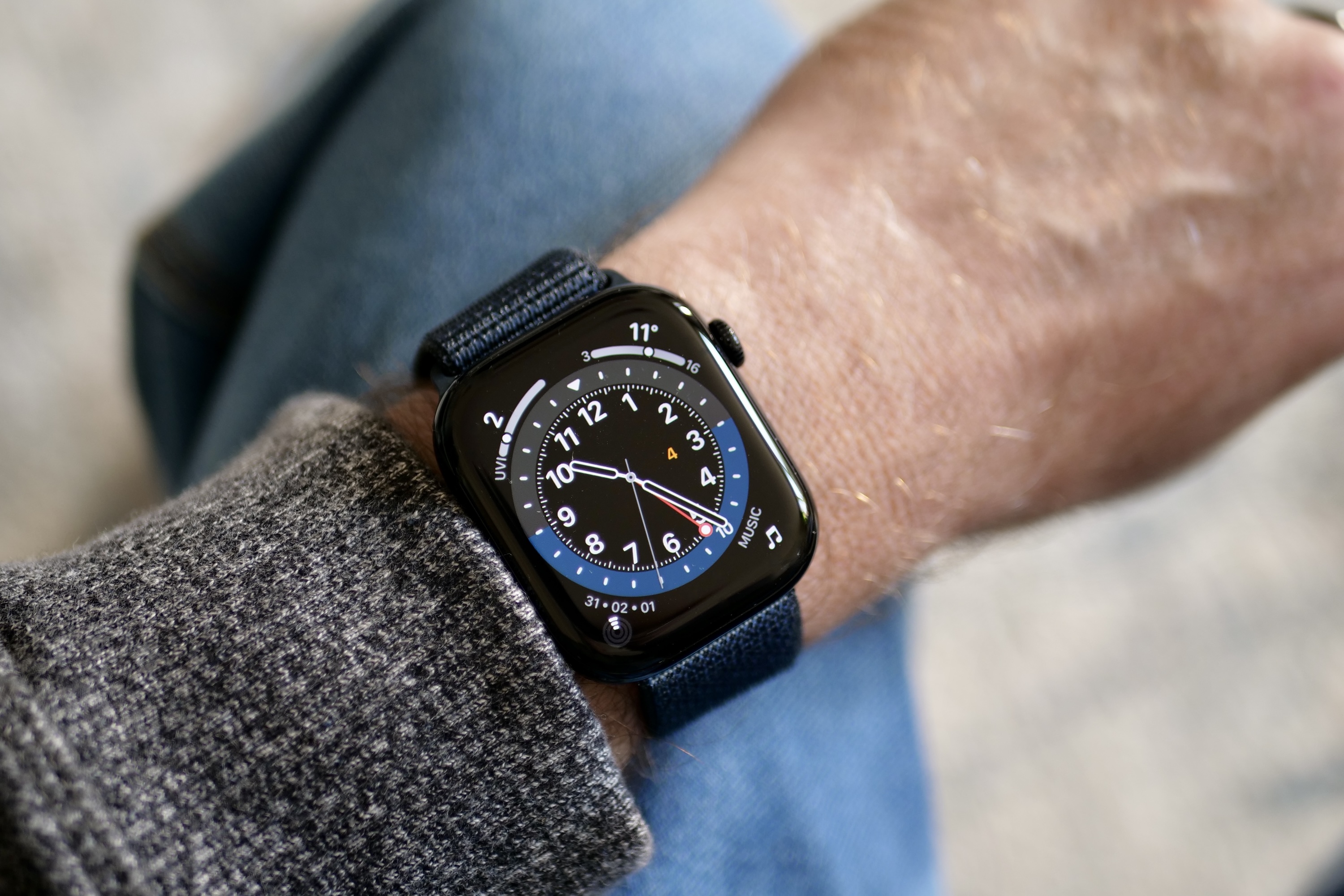 An Apple Watch Series 10 displaying its interface, worn on a wrist, representing current smartwatch technology anticipating future Apple Watch Series 11 enhancements.
An Apple Watch Series 10 displaying its interface, worn on a wrist, representing current smartwatch technology anticipating future Apple Watch Series 11 enhancements.
The Apple Watch Series 10 remains my preferred smartwatch, yet even I can observe that its advancements have been somewhat marginal over the past couple of years. I have no doubt that the Apple Watch Series 11 will continue to be one of the premier smartwatches available. However, to elevate it to the next level and ensure it remains truly compelling, it needs “something extra.”
My intention isn’t to advocate for direct replication of any Whoop features, as the Whoop itself is far from perfect. Rather, my time with it illuminated the appeal of a highly focused, distraction-free health tracker brimming with interesting, well-executed ideas. Apple has an opportunity to draw inspiration from these concepts to further enhance its own market-leading wearable. The Apple Watch Series 11 is anticipated to launch later this year, likely alongside the Apple iPhone 17 series, while watchOS 12 will probably be unveiled at WWDC 2025 in June. We’ve also explored some of the features the iPhone 17 will need to be compelling too.




